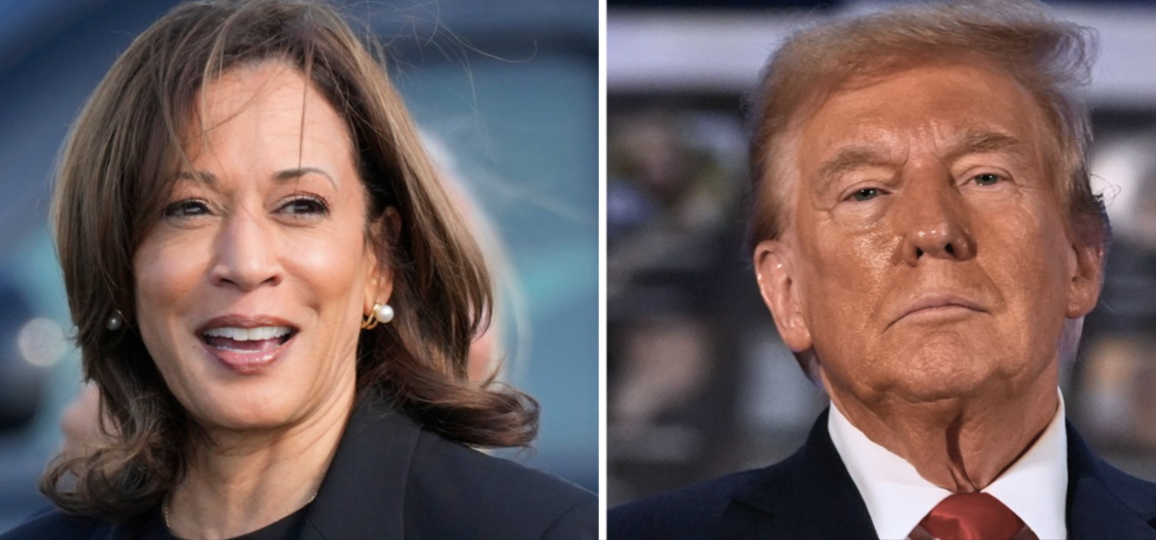Ballot Drop Boxes In Wisconsin Decline To 78 In 2024 From 500 In 2020

Wisconsin will see significantly fewer ballot drop boxes in the current election cycle compared to 2020, according to a report released Thursday.
The state now has just 78 drop boxes in use, a sharp drop from the 500 available during the 2020 presidential election, as reported by the Wisconsin Elections Commission.
These drop boxes are officially registered with the state, said Meagan Wolfe, the administrator of the Wisconsin Elections Commission. The current count includes 14 in Milwaukee, 14 in Madison, and seven in Racine. A full list can be found on the state’s election website.
The issue of drop boxes has gained attention this election cycle after a Wisconsin Supreme Court decision that allowed their use but didn’t require it. Previously, the court had blocked drop boxes after the 2020 election.
"Voters have a lot of choices to make, and I think we have some really excellent, secure options here in the state of Wisconsin," Wolfe stated on Wednesday.
As of Wednesday, Wisconsin had received 267,524 absentee ballots out of the 564,095 that were mailed, with 573,750 absentee ballot requests.
By comparison, at this point in 2020, 700,000 absentee ballots had been returned out of 1.3 million requests. In total, 2 million voters cast absentee ballots during the 2020 election amid the COVID-19 pandemic.
Starting on October 22, voters will be able to cast in-person absentee ballots at municipal clerk offices, according to a report from Just the News.
A recent Wall Street Journal poll revealed that former President Donald Trump and Vice President Kamala Harris are nearly tied in national polling. However, in crucial swing states, including those making up the "blue wall," the numbers pose serious concerns for Democrats.
The poll also showed that Nevada, once a Democratic stronghold in the Sun Belt, is slipping away. Trump leads Harris 47 percent to 42 percent in Nevada, while the other six swing states are nearly tied.
Harris holds a slim lead of one to two points in Arizona, Michigan, Wisconsin, and Georgia, while Trump has a one-point advantage in Pennsylvania and North Carolina.
"The poll’s margin of error for each state was plus or minus 5 percentage points," Politico reported. In each swing state, 600 registered voters were surveyed between Sept. 28 and Oct. 8, and third-party candidates were included where applicable."
"Across all swing-state voters surveyed, Trump leads Harris 46 percent to 45 percent. Ninety-three percent of Democrats and Republicans said they would vote for their party’s nominee, while independent voters were nearly evenly split, with 40 percent supporting Harris and 39 percent backing Trump," the poll noted, further highlighting the race’s tight margin and partisan divide.
Meanwhile, the most recent Quinnipiac University poll shows Trump leading in Michigan with 50 percent to Harris’s 47 percent, and in Wisconsin 48 percent to 46 percent. Trump has also narrowed the gap in Pennsylvania, where Harris now leads 49 to 46 percent.
Last month, Harris was leading in Michigan 50 to 45 percent and in Wisconsin 48 to 47 percent. In Pennsylvania, she had a stronger advantage of 51 to 45 percent, but Trump has significantly closed that gap in the latest Quinnipiac poll.
While Harris performs best on issues related to abortion policy, Trump dominates on topics like immigration, the economy, and the Middle East conflict, according to voters in the Blue Wall states.
Quinnipiac just dropped a bomb on the Presidential polling world:
— Dustin Grage (@GrageDustin) October 9, 2024
Michigan
🔴 Trump: 50%
🔵 Harris: 47%
Wisconsin
🔴 Trump: 48%
🔵 Harris: 46%
Pennsylvania
🔴 Trump: 46%
🔵 Harris: 49%
What are your thoughts?
Quinnipiac's poll surveyed likely voters from October 3 to 7, with a margin of error of +/- 2.6 percentage points for 1,412 Pennsylvania voters, +/- 3.1 percentage points for 1,007 Michigan voters, and +/- 3.0 percentage points for 1,073 Wisconsin voters.